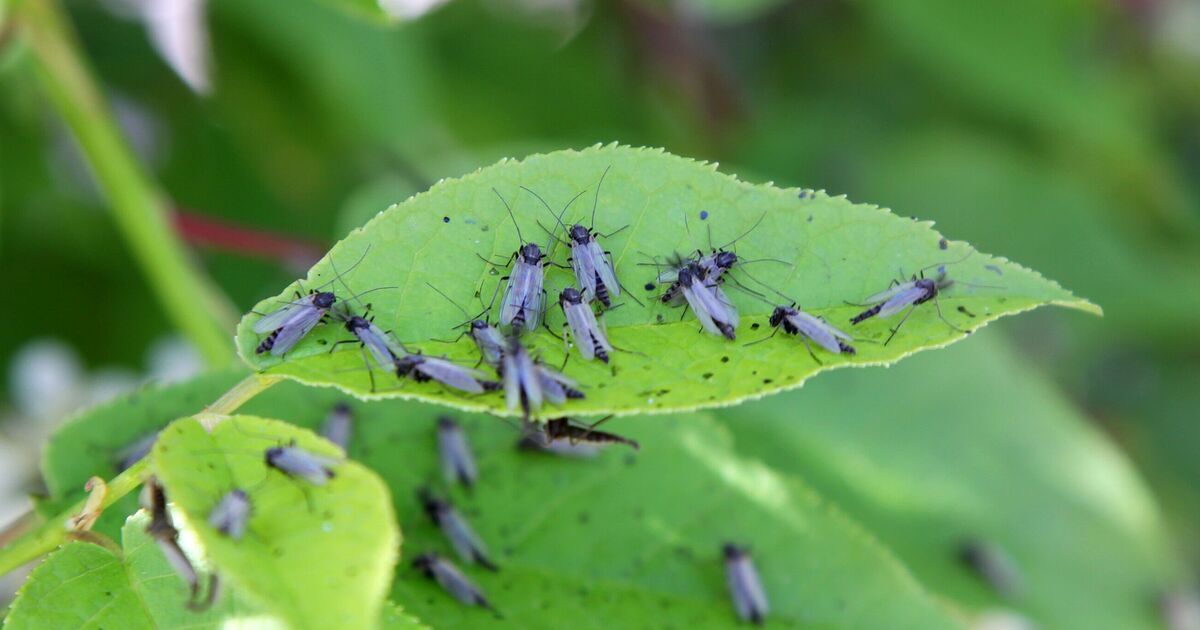If you’re tired of tiny gnats buzzing around your houseplants and ruining your indoor garden, there may be a simple, inexpensive solution already sitting in your garage or garden shed. Indoor plant lovers across social media and gardening forums are praising this unlikely hero for putting an end to frustrating fungus gnat infestations, without chemicals or costly traps.
One user on Reddit shared their experience: “I had an indoor jade plant that was being destroyed by fungus gnats. I put about an inch of play sand on top of the soil, it worked. Two years later, most of the sand is still there, haven’t seen a gnat in ages.” Fungus gnats, which thrive in moist potting soil, are a common problem for houseplant owners.
The adults are mostly a nuisance, but their larvae can cause serious harm to plant roots, particularly in young or delicate plants. They lay eggs in damp, organic-rich soil, and once hatched, the larvae feed on plant roots and organic matter.
By adding a layer of coarse sand to the top of the potting soil, you create a physical barrier. Fungus gnats can’t lay eggs in the sand, nor can newly hatched larvae make their way through it to reach the soil beneath.
In effect, the sand disrupts the gnat’s entire life cycle, starving out future generations.
In more serious cases, experts suggest biological controls.
The Royal Horticultural Society (RHS) recommends introducing beneficial nematodes like Steinernema feltiae, or predatory insects like Hypoaspis miles mites and Atheta coriaria beetles. These predators attack gnat larvae directly in the soil.
While effective, these methods require more effort, and the organisms can also affect other invertebrates in the potting mix.
For most home growers, however, sand is a simple, natural, and highly effective method. A bag of play sand costs just a few pounds and can be found in most garden centres or DIY stores.
So before reaching for harsh pesticides, try this surprisingly easy fix. A quick layer of sand might be all you need to protect your plants, and your peace of mind, from an ongoing battle with fungus gnats.

